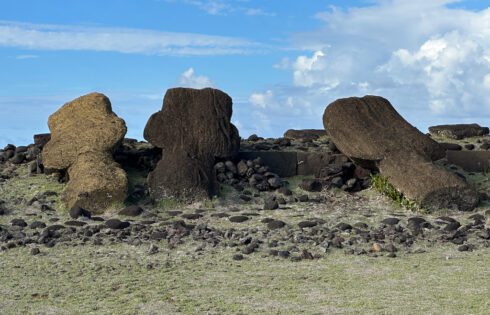
How to get to Easter Island: Everything You Need to Know
Easter Island is one of the most remote islands on Earth and as a result, it’s also one of the most difficult places to get to. You most likely will

Easter Island is one of the most remote islands on Earth and as a result, it’s also one of the most difficult places to get to. You most likely will
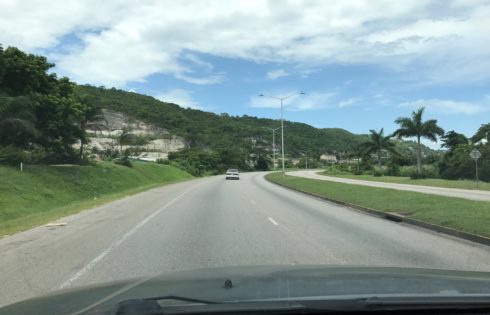
Jamaica is a beautiful country with tons of great places to see and for that reason, it’s tempting to jump in a rental car and take off to explore the
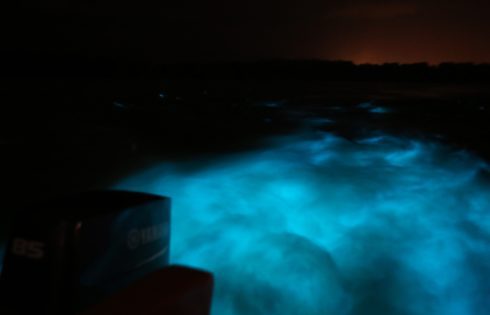
The Luminous Lagoon is a natural wonder in Jamaica that surprisingly many tourists don’t even know about. It’s one of the few bays in the world where you can witness
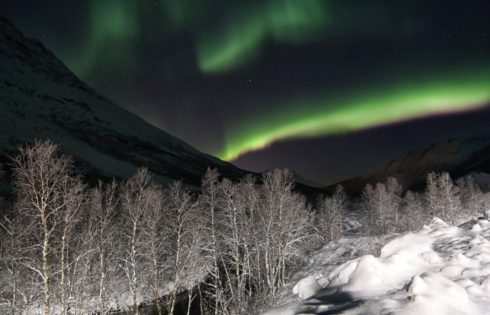
This past Christmas, Brad and I ventured above the Arctic Circle to explore Tromsø, Norway, and the beautiful fjords in search of the northern lights. The light shows we experienced
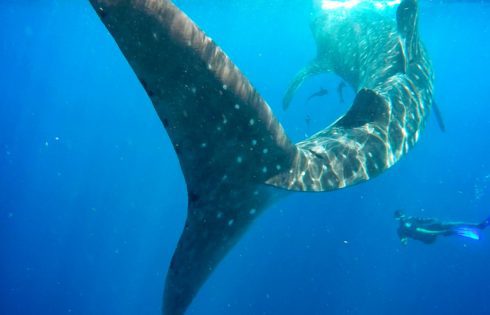
Swimming with whale sharks has been on my bucket-list ever since I found out it was an actual “thing.” Since then, I’ve waited for the right season and opportunity to
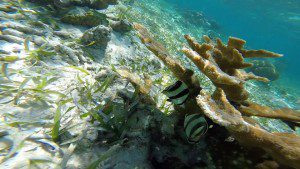
A must for any visitor to San Pedro, Belize, is a trip to the Hol Chan Marine Reserve off the coast of Ambergris Caye, Belize. This protected area is chock-full
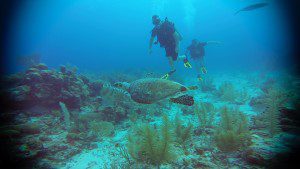
Searching for a good intro scuba diving tour can be a bit nerve wracking. For one, you want to make sure that you’re going to be left in good hands
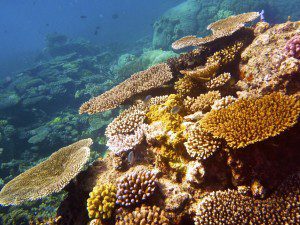
The Great Barrier is the world’s largest coral reef system, made up of over 2,900 individual reefs and spans across the north-east side of Australia. This vast reef, estimated to

One of the coolest memories I have about living in Australia is my trip to Melbourne (that’s pronounced more like “Melb’n” for the outsiders). Melbourne is the second most populated
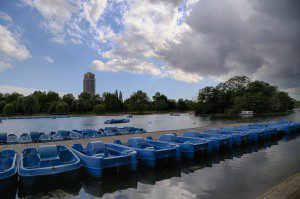
The trend-setting Serpentine Hyde Park is one of the best places in the charming city of London to catch a break and relax. One of the fun things to do
| Cookie | Duration | Description |
|---|---|---|
| cookielawinfo-checkbox-analytics | 11 months | This cookie is set by GDPR Cookie Consent plugin. The cookie is used to store the user consent for the cookies in the category "Analytics". |
| cookielawinfo-checkbox-functional | 11 months | The cookie is set by GDPR cookie consent to record the user consent for the cookies in the category "Functional". |
| cookielawinfo-checkbox-necessary | 11 months | This cookie is set by GDPR Cookie Consent plugin. The cookies is used to store the user consent for the cookies in the category "Necessary". |
| cookielawinfo-checkbox-others | 11 months | This cookie is set by GDPR Cookie Consent plugin. The cookie is used to store the user consent for the cookies in the category "Other. |
| cookielawinfo-checkbox-performance | 11 months | This cookie is set by GDPR Cookie Consent plugin. The cookie is used to store the user consent for the cookies in the category "Performance". |
| viewed_cookie_policy | 11 months | The cookie is set by the GDPR Cookie Consent plugin and is used to store whether or not user has consented to the use of cookies. It does not store any personal data. |
